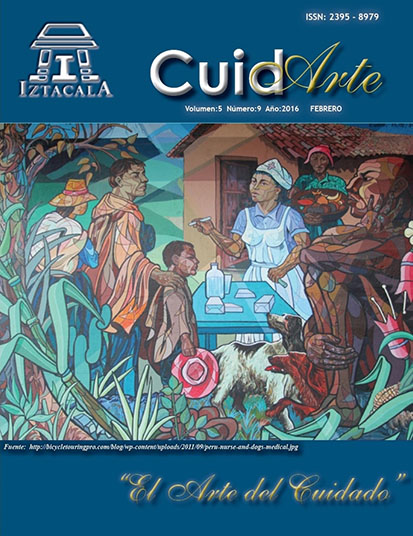Determinación de la actividad hipolipemiante e hipoglicemiante del extracto acuoso de solanum melongena
Contenido principal del artículo
Resumen
Descargas
Detalles del artículo
Citas en Dimensions Service
Citas
(1) Álvarez Z. Determinación de la Actividad Hipolipemiante del extracto acuoso del fruto de Solanum melongena “berenjena” en animales de experimentación [Tesis]. Perú: Universidad Peruana de los Andes, Facultad de Ciencias de la Salud; 2012.
(2) González J., Montes de Oca Y, Domínguez M. Breve reseña de la especie Solanummelongena. Revista cubana de plantas medicinales. 2007 Vol.12 (3).
(3) Diario Oficial de la Federación. Norma oficial mexicana NOM-037-SSA2-2012. Para la prevención tratamiento y control de las dislipidemias. [Internet]. Consultado 23-02-2015.
(4) Encuesta Nacional de Salud y Nutrición 2012 (ENSANUT 2012). México: Instituto Nacional de Salud Pública; 2012. [internet]. Consultado 30-09-2015.
(5) Da Silva G., Takahashi M, Eik W, Albino C, Tasim G, Serri L, et al. Ausência de efeito hipolipemiante da solanum melongena L.(berinjela) em pacientes hiperlipidêmicos. Arq Bras Endocrinol Metab. 2004; 48 (3): 368-373.
(6) Chang EB, Sitrin MD, Black DD, eds. Gastrointestinal, Hepatobiliaryand Nutritional Physiology. Philadelphia: Lippincott, Raven, 1996.
(7) Garrido A. Metabolismo lipídico. En: Fundamentos de la bioquímica metabólica. Madrid: Editorial Tebar, S.L.; año 2006. P. 71-73.
(8) Sánchez A., Ortega Ma. Metabolismo de las lipoproteínas. En: Tratado de nutrición. Editorial Médica Panamericana; 2010. Tomo 1/4. cap. 1.11. p. 373-395.
(9) Mathews H. Bioquímica. 2° ed. Barcelona; McGraw Hill-Interamericana; 1999.
(10) Mcphee S., Papadakis M. Lange.Diagnóstico clínico y tratamiento. Rabow M. Editor. México. 50ª edición. McGraw-Hill Interamericana; 2012.
(11) Diario Oficial de la Federación. Norma Oficial Mexicana NOM-015-SSA2-2010. Para la prevención, tratamiento y control de la diabetes mellitus. [internet]. Consultado 07-03-2015.

